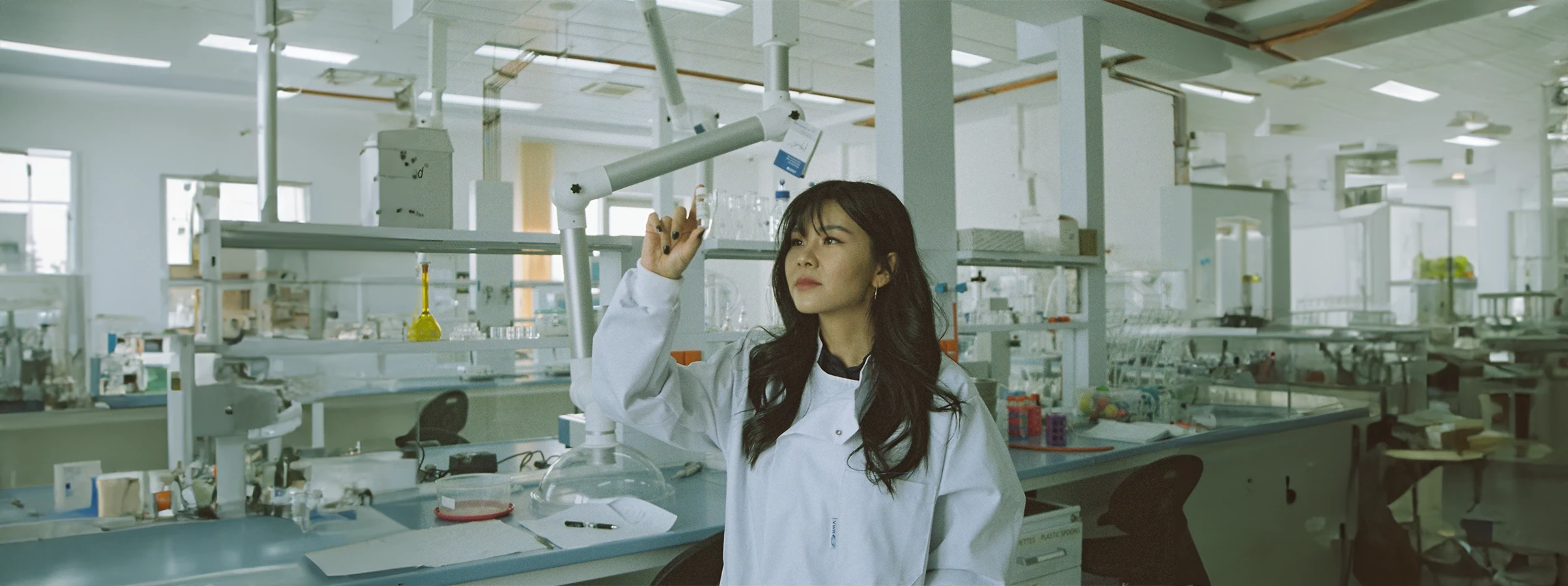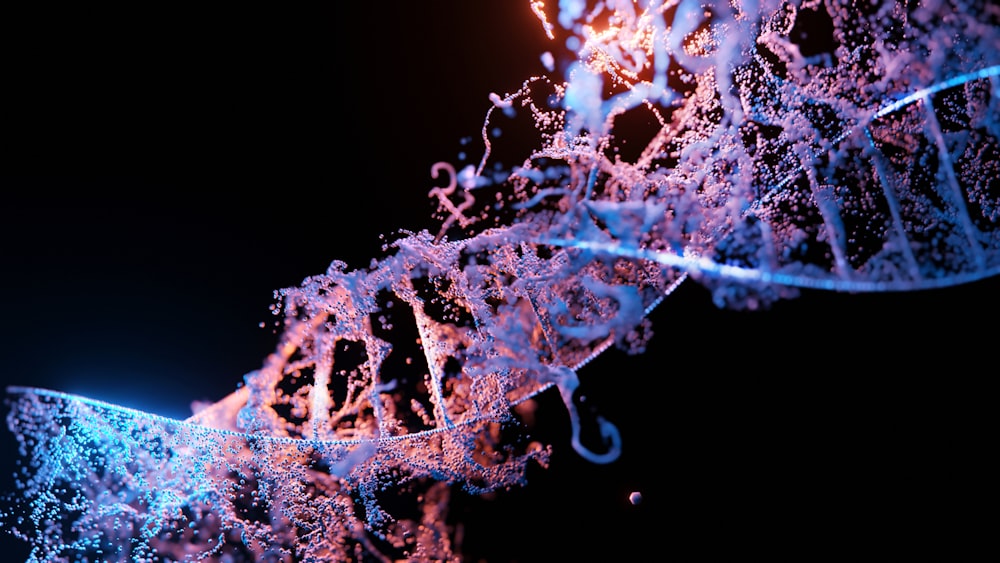Science discoveries in 2023
16 January 2024
Science never stands still, and the year 2023 was no exception. This period brought a number of exciting discoveries and achievements in various fields of science, from astrophysics to biotechnology. Let's take a look at some of the major discoveries of this year that will leave their mark on the history of science.
Discovery of a superconductor that works at room temperature
A group of scientists from South Korea has synthesised a new superconductor that shows zero electrical resistance at atmospheric pressure and at temperatures reaching up to 127 degrees Celsius. This discovery is a breakthrough in the field of materials physics, as superconductors have so far only worked at very low temperatures or under high pressure.
The new discovery could lead to the development of new high-performance electrical devices such as motors, transformers and cables. This could lead to a significant increase in energy efficiency and a reduction in greenhouse gas emissions.
Discovery of an exoplanet twin to Earth
The James Webb Space Telescope has discovered the exoplanet LHS 475 b, which is located in the habitable zone of its star. This planet has a size, density and temperature close to Earth's, making it a potential candidate for life.
The discovery of LHS 475 b is the first step in the search for extraterrestrial life. If liquid water is found on this planet, it will be a strong argument in favour of the existence of life.
Photo by Javier Miranda on Unsplash
Decoding the Y chromosome sequence
Scientists from the University of Cambridge and the California Institute of Technology have completed the decoding of the human Y-chromosome sequence. This discovery may help in understanding male genetics and the development of diseases associated with the Y chromosome.
The Y chromosome is one of the two human sex chromosomes. It determines a person's sex and contains genes responsible for the development of male genitalia and secondary sexual characteristics.
Decoding the sequence of the Y chromosome will allow scientists to better understand how these genes work and how they affect men's health. This could lead to the development of new treatments for diseases associated with the Y chromosome.
Photo by Sangharsh Lohakare on Unsplash
Discovery of bacteria that feed on viruses
Scientists from the University of Nebraska have discovered a bacterium called Halteria that can digest viruses. This discovery could help develop new methods of fighting viruses.
The Halteria bacterium is an anaerobic bacterium that lives in acidic environments. It has special enzymes that allow it to break down the nucleic acids of viruses.
This discovery could be used to develop new drugs against viruses such as HIV, hepatitis C and flu.
Discovery of a new type of molecule that can be used to treat cancer
Scientists at the University of California, Los Angeles, have discovered a new type of molecule that can cause apoptosis (programmed death) of cancer cells. These molecules can be used to develop new cancer drugs.
The molecules discovered by scientists are called RAGE receptor agonists. These receptors are found on the surface of many cancer cells. When RAGE molecules bind to these receptors, they trigger a cascade of signals that leads to the death of cancer cells.
This discovery holds promise for the development of new cancer drugs that are more effective and less toxic than existing treatments.
Photo by National Cancer Institute on Unsplash
A general trend this year was the desire to improve technology and understanding of the nature of the universe and life. These discoveries provide the basis for further research in various fields of science.



